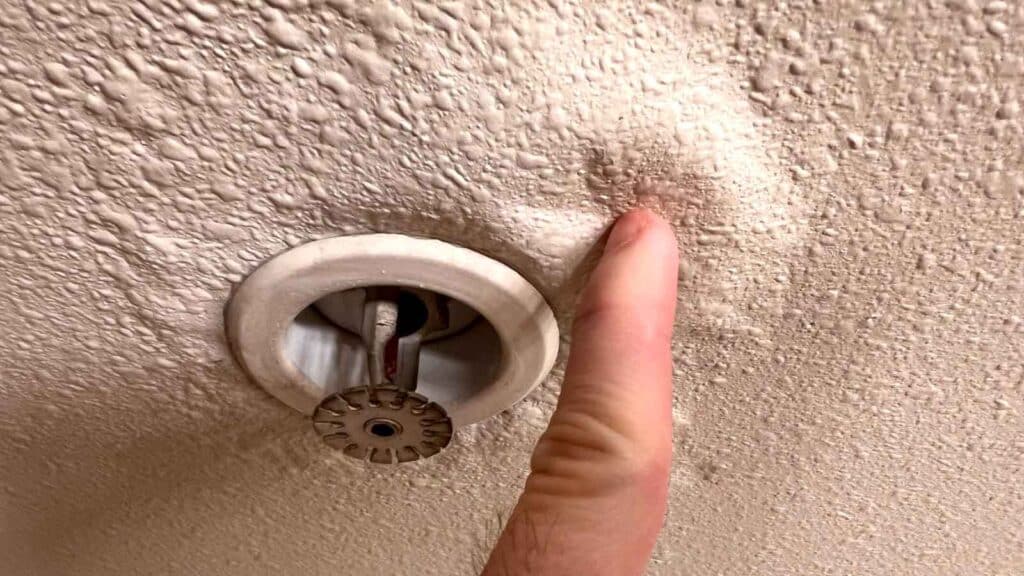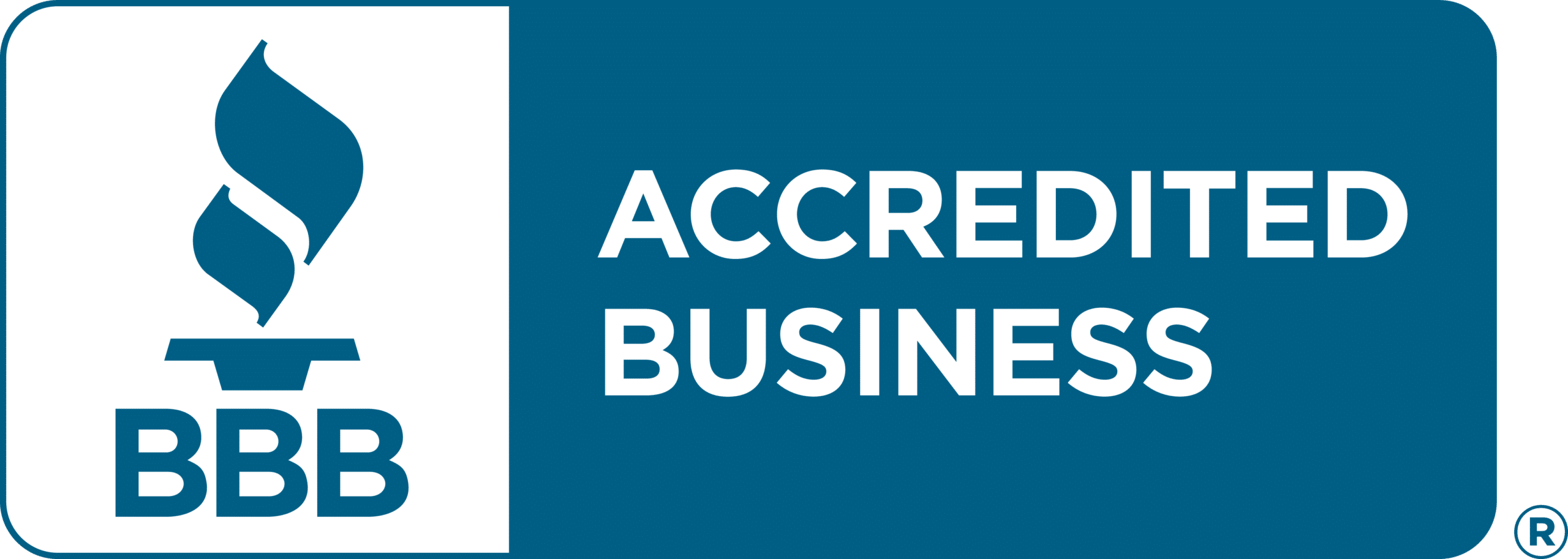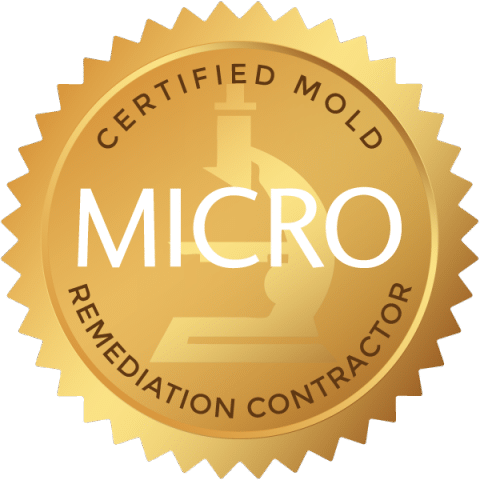You notice your drywall feels damp. The floors start to lift. A dark stain spreads across the ceiling. These aren’t just cosmetic issues—they’re signs of a deeper problem that likely started weeks or months ago. By the time these symptoms appear, the effects of water intrusion on buildings are already in motion, often leading to costly repairs and serious structural concerns.
In this blog, we’ll take a closer look at how Los Angeles building codes help prevent these issues before they occur.
These codes aren’t just red tape—they’re designed to minimize the long-term effects of water intrusion on buildings, from mold growth and foundation failure to significant structural damage. Whether you’re a homeowner or builder in LA, understanding how these regulations work can save you time, money, and future headaches.
Understanding LA Building Codes for Property Protection
Los Angeles building codes establish rules that minimize damage from water, soil movement, and moisture accumulation. These rules apply to every phase of construction, from the ground up. They require builders to plan for site drainage, material use, and long-term water resistance.
The codes include requirements for sloping land away from buildings, sealing all entry points for moisture, and using approved waterproofing systems in foundations and walls. They also require ventilation systems in areas prone to moisture. These elements work together to prevent water from entering.
These codes protect both residential and commercial buildings. They’re updated regularly to reflect weather trends, engineering advances, and risks associated with climate change. Following these codes prevents early wear, mold, and structural damage. That’s why they’re critical for anyone building or renovating in the city.
The Role of Los Angeles Building Codes in Preventing Water Intrusion
Los Angeles doesn’t just deal with earthquakes and fires. Water intrusion is a serious and often overlooked threat that silently compromises building integrity. To stay ahead of this, LA’s building codes include clear rules that directly aim to prevent moisture from getting in.
So, how exactly do these codes address the risks associated with water exposure? Let’s take a closer look:
Establishing Minimum Safety Standards for Water Protection
Los Angeles building codes set the baseline for how structures should defend against water. These standards aren’t optional. They define how builders should design, seal, and finish each part of a property that could be exposed to moisture. Every section of the code is based on risks the city regularly faces, including heavy rain events and aging infrastructure.
For instance, the code addresses the depth of a foundation required to minimize contact with groundwater, as well as the type of sealant approved for outdoor wall penetrations. These details ensure that water doesn’t get a foothold in the structure. By making this the minimum expectation, the city raises the bar for all residential and commercial buildings.
Ensuring Proper Installation of Waterproofing Systems
Even the best materials won’t perform if installed incorrectly. LA’s building codes emphasize the importance of skilled, code-compliant installation when it comes to any waterproofing component. This covers everything from below-grade membranes to roofing layers. It’s not enough to just meet material specs. The work itself must be accurate.
A comprehensive waterproofing system consists of multiple layers that must function in tandem. If one layer is compromised, the whole system is at risk. That’s why the city includes standards for application methods, drying times, product compatibility, and other relevant factors. It ensures that the installation isn’t rushed or improvised. Property owners benefit from longer-lasting protection and fewer repair headaches down the road.
Reducing Property Damage Through Preventive Measures
Prevention is less expensive than repair, and the LA code is designed around this principle. It incorporates forward-thinking design strategies to prevent water damage in the first place. The code dictates where and how water should be redirected away from a structure, whether through proper lot grading or controlled drainage systems.
This isn’t limited to heavy storms. The codes also anticipate slow leaks, changes in soil moisture, and other less obvious threats. Preventative designs reduce risks like slab shifting, drywall degradation, and floor warping. The ultimate goal is a building that remains dry and stable over time, not just one that passes inspection at the moment of its construction.
Protecting Public Health by Preventing Mold and Moisture Issues
Water intrusion doesn’t just damage property—it can impact health. Mold spores thrive in humid, enclosed spaces and pose a significant risk to individuals with allergies, asthma, or other respiratory conditions. That’s why LA’s code requires builders to address ventilation, humidity control, and moisture barriers in high-risk areas, such as basements, bathrooms, and crawl spaces.
The code doesn’t treat moisture as a one-time event. It anticipates how water might linger or accumulate after storms or leaks. By requiring systems that dry out damp areas and limit condensation, it helps prevent the hidden buildup of mold and mildew. This protects not only the structure but also the people living or working inside it.
Creating Accountability Through Inspection and Enforcement
Enforcing these rules is just as important as writing them. LA’s building code includes a robust inspection process to verify that waterproofing requirements are followed correctly. City inspectors review plans, check work during construction, and approve completed systems before occupancy is allowed. These inspections aren’t a formality—they hold everyone accountable.
If a contractor cuts corners or skips steps, they risk fines, delays, or having to redo work. This pressure ensures that codes are taken seriously. It also gives property owners more peace of mind. The system isn’t just about building to code—it’s about creating with accountability.
Essential Requirements in LA Building Codes for Water Intrusion Prevention
Los Angeles building codes outline particular construction standards to prevent water intrusion. These requirements are based on both local climate data and national engineering practices. They focus on redirecting water, sealing vulnerabilities, and selecting materials that withstand stress.
Here are some of the essential requirements builders must follow:
- Sloping and Grading: Lots must be graded to drain water away from structures.
- Drainage Systems: Buildings require approved systems, such as perimeter drains or sump pumps.
- Foundation Waterproofing: Below-grade walls require membrane barriers or water-resistant coatings to prevent water infiltration.
- Roof Details: Roofs must include flashing and sealed penetrations to resist water entry.
- Wall Assemblies: Exterior walls must include weather-resistive barriers and sealed joints.
- Ventilation Systems: Crawl spaces and attics need proper airflow to reduce moisture buildup.
- Inspection Requirements: Waterproofing stages must be inspected before they are covered.
- Material Standards: Only certified waterproofing products are permitted for use on structural components.
These requirements aim to prevent water from penetrating buildings during storms, floods, or through everyday exposure to the elements. They also encourage proactive maintenance through features such as advanced leak detection and optimized drainage design. When builders follow these requirements, properties stay more durable, healthy, and resilient.
Final Thoughts?
Water intrusion isn’t always immediately apparent. It can start with minor leaks or damp spots that most people ignore. Over time, these minor issues can escalate into significant problems—ones that impact both the structure and safety of your building.
Los Angeles building codes are designed to prevent that from happening. They don’t just check boxes for compliance. They push for thoughtful construction, durable materials, and strong inspections. By following these standards, builders and property owners protect their investments, avoid unnecessary repairs, and maintain safe indoor environments.
Still, even with codes in place, no system is perfect. Problems can slip through if construction wasn’t done right or if a structure has aged without updates. That’s where working with a reliable restoration company becomes essential. Whether you’re repairing old damage or starting from scratch, having experts who understand both local codes and best practices for waterproofing makes all the difference.









